Jeanneret Mushroom
$75.00 Original price was: $75.00.$74.00Current price is: $74.00.
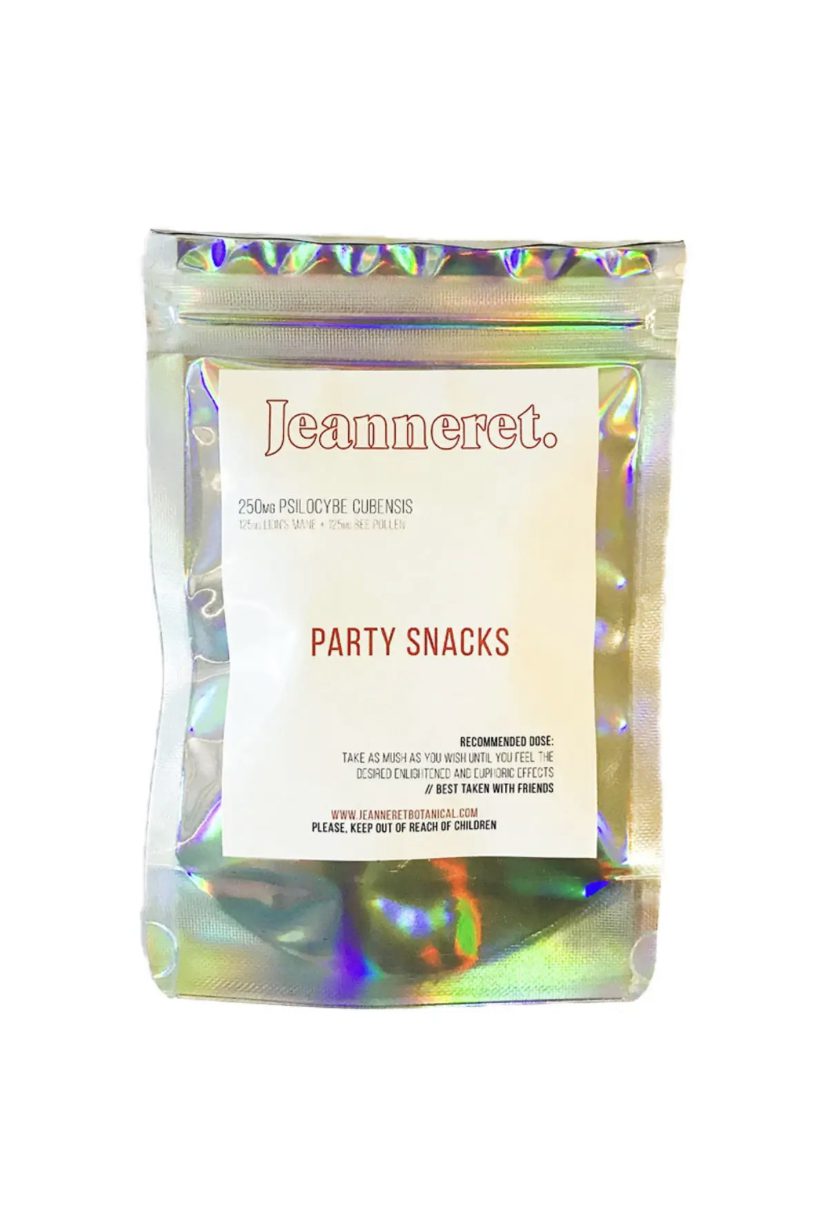
Each Jeanneret Capsule Contains 250mg Golden Teacher Magic Mushroom, 125mg Bee Pollen, and 125mg Siberian Ginseng.
Buy Jeanneret Mushroom
Description. Click Here! to join our telegram
Jeanneret Mushroom are a delicious and innovative appetizer option that is sure to impress your guests. These bite-sized treats are made from a combination of fresh mushrooms and a delectable filling, creating a delightful burst of flavors in every bite.
Jeanneret mushroom for sale
The mushrooms used in the Jeanneret Party Snacks Mushroom Capsules are carefully selected for their quality and taste. They are typically small to medium-sized, with a firm texture and earthy flavor. The mushroom caps serve as the perfect vessel for holding the filling, providing a wonderful contrast of textures.
The filling of the Mushroom Capsules is where the magic happens. It is a blend of savory ingredients that complement the natural flavors of the mushrooms. While the exact recipe may vary, common ingredients include a mixture of cheeses, herbs, spices, and sometimes a hint of garlic or onion. The filling is typically creamy, adding richness and depth of flavor to the overall experience.
order Jeanneret mushroom
To prepare the Mushroom Capsules, the mushroom caps are first cleaned and stemmed to create a hollowed-out space for the filling. The filling is then carefully spooned into each mushroom cap, ensuring that it is evenly distributed. The filled mushrooms are then baked or grilled until the caps are tender and the filling is golden and bubbling.
The result is a mouthwatering appetizer that is both visually appealing and bursting with flavor. The combination of the meaty mushrooms and the creamy, flavorful filling creates a delightful taste sensation that will leave your guests craving for more.
purchase Jeanneret mushroom

Whether you’re hosting a party, a casual get-together, or simply looking for a tasty snack, Jeanneret Party Snacks Mushroom Capsules are an excellent choice. They are not only delicious but also provide a unique twist on traditional party snacks, making them a standout addition to any menu.
Effects on Jeanneret mushroom
The effects of mushrooms can vary greatly depending on the species and the specific compounds they contain. There are thousands of mushroom species, some of which are edible and commonly consumed, while others may be toxic or psychoactive. I’ll provide a general overview of the effects of psychoactive mushrooms, specifically those containing the compound psilocybin:
1. Psychedelic and hallucinogenic effects:
Psilocybin mushrooms are known for their psychedelic and hallucinogenic properties. The active compound, psilocybin, is converted to psilocin in the body, which interacts with serotonin receptors in the brain, leading to altered perception, sensory experiences, and changes in consciousness.
2. Visual and sensory alterations:
Psilocybin mushrooms can induce vivid visual hallucinations and distortions in perception. Users may experience enhanced colors, patterns, and geometric shapes. Sensory perceptions, such as touch and sound, may also be altered, leading to intensified or distorted sensations.
3. Altered sense of self and ego dissolution:
Users of psilocybin mushrooms often report a shift in their sense of self and ego boundaries. This can lead to a feeling of unity or interconnectedness with others, nature, or the universe. Some describe a sense of ego dissolution, where the boundaries between themselves and the external world seem to dissolve.
4. Emotional and introspective effects:
Psilocybin mushrooms can evoke a range of emotions, including euphoria, introspection, and sometimes even anxiety or confusion. These emotional experiences can be deeply introspective, leading to insights, self-reflection, and a reevaluation of personal beliefs, values, and life experiences.
5. Potential therapeutic effects:
Research suggests that psilocybin, when administered in a controlled and therapeutic setting, may have potential therapeutic benefits for mental health conditions.

Studies have explored its use in the treatment of depression, anxiety, addiction, and post-traumatic stress disorder (PTSD). However, it’s important to note that clinical use of psilocybin is still limited and regulated in many countries. It’s essential to approach mushroom use with caution and respect. Some mushrooms can be toxic or pose health risks if misidentified or consumed in inappropriate quantities.
If you are considering using mushrooms, it is important to properly identify the species, ensure they are sourced from a reputable and reliable source, and consider the legal and safety implications in your jurisdiction. Additionally, having a trusted and knowledgeable guide or a supportive set and setting can be important for a safe and meaningful experience.
How is Jeanneret mushroom is produced
Jeanneret Mushrooms are fungi that grow from spores and require specific growing conditions to thrive. The process of mushroom cultivation involves several key steps:
1. Substrate preparation:
Jeanneret Mushrooms require a suitable substrate, which serves as the growing medium. Common substrates include materials such as straw, wood chips, sawdust, or a combination of these. The substrate is typically sterilized or pasteurized to eliminate competing organisms and create a favorable environment for mushroom growth.
2. Inoculation:
After the substrate is prepared, it is inoculated with mushroom spawn. Spawn is a vegetative mycelium culture of the desired mushroom species. It acts as the starting point for the growth of mushrooms. The spawn is typically mixed into the substrate or added in a controlled manner to ensure even distribution.
3. Incubation:
Once the substrate is inoculated, it is placed in a controlled environment with specific temperature, humidity, and light conditions. This allows the mycelium to colonize the substrate, forming a network of fine threads called the mycelial network. During this stage, the mycelium consumes the nutrients in the substrate and spreads through it.
4. Casing (optional):
For certain mushroom species, a casing layer may be applied on top of the colonized substrate. The casing layer is typically a mixture of materials like peat moss, vermiculite, and other additives. It provides a protective layer and helps create a favorable microclimate for fruiting.
5. Fruiting:
After the mycelium has fully colonized the substrate, the conditions are adjusted to trigger fruiting. This usually involves lowering the temperature, increasing humidity, and providing specific light conditions. Jeanneret Mushrooms begin to form and grow from specialized structures called primordia. Over time, these primordia develop into fully mature mushrooms that are ready for harvest.
6. Harvesting:
When the Jeanneret mushrooms reach the desired size and maturity, they are carefully harvested by hand. It’s important to handle mushrooms gently to avoid damaging them or introducing contaminants.
7. Post-harvest processing:
After harvesting, the Jeanneret mushrooms are typically cleaned to remove any debris or dirt. They may be packaged for sale or further processed based on their intended use, such as drying, freezing, or cooking.
It’s worth noting that the specific cultivation methods can vary depending on the mushroom species and the scale of production. Commercial mushroom cultivation often involves more sophisticated techniques and equipment to ensure optimal yields and quality.
Reviews
There are no reviews yet.
Related products
Mushroom Products
Mushroom Products
Mushroom Products
Mushroom Products
Mushroom Products
EDIBLES


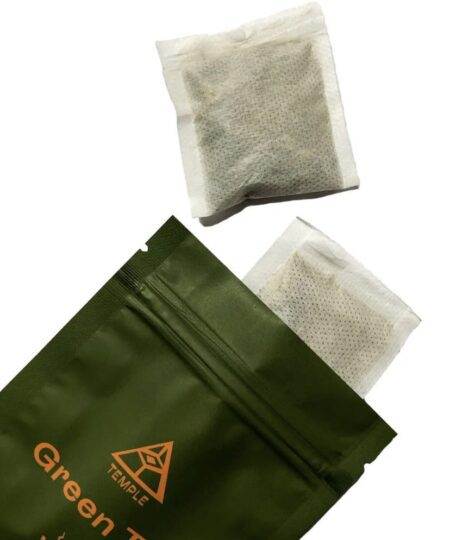
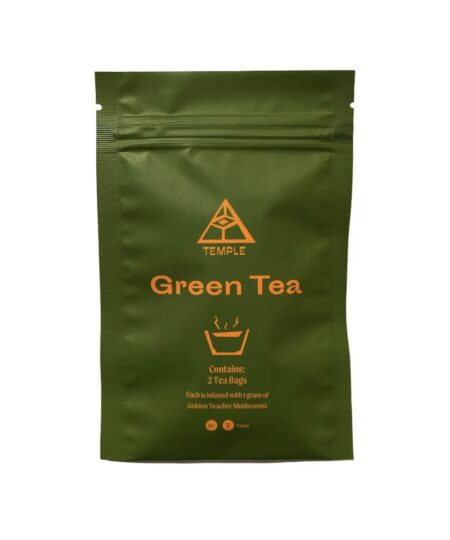
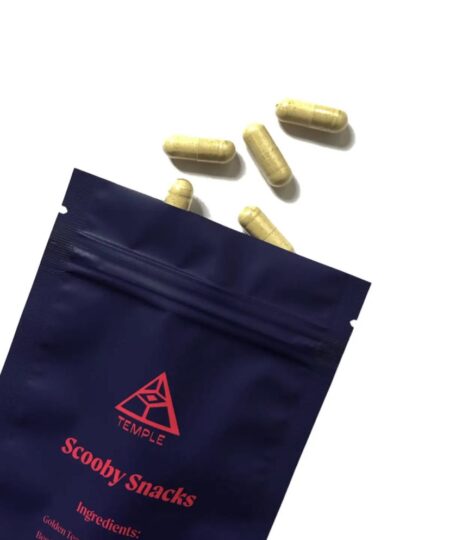
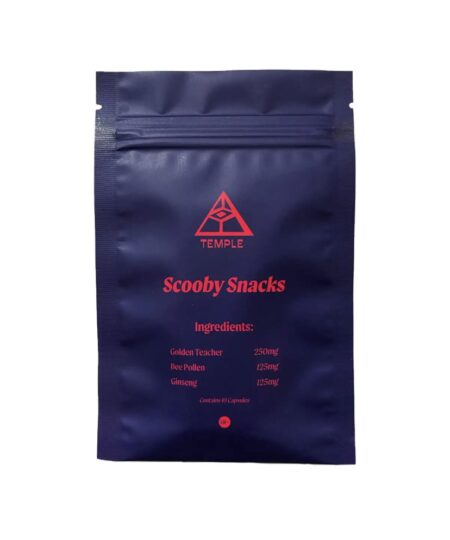

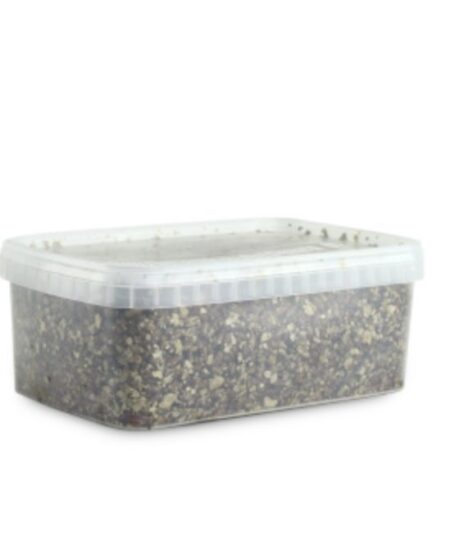
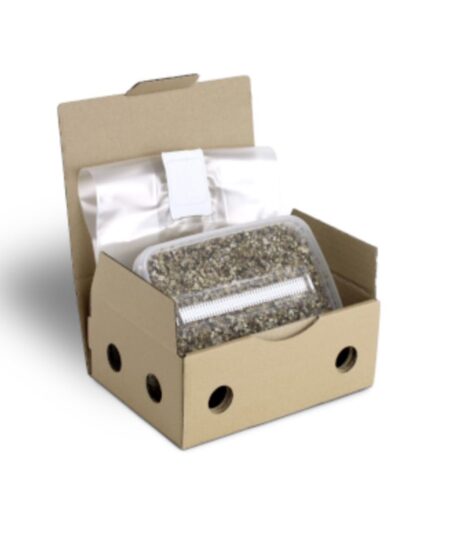
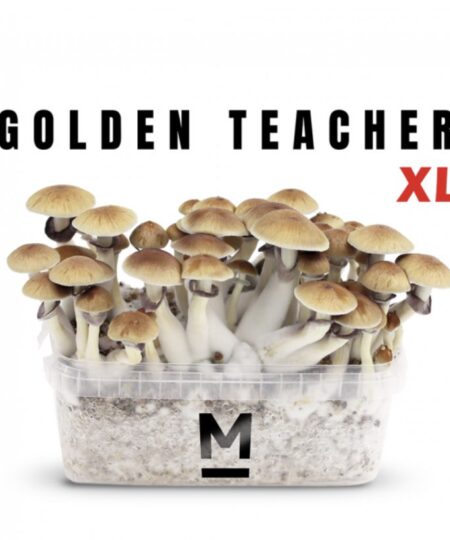
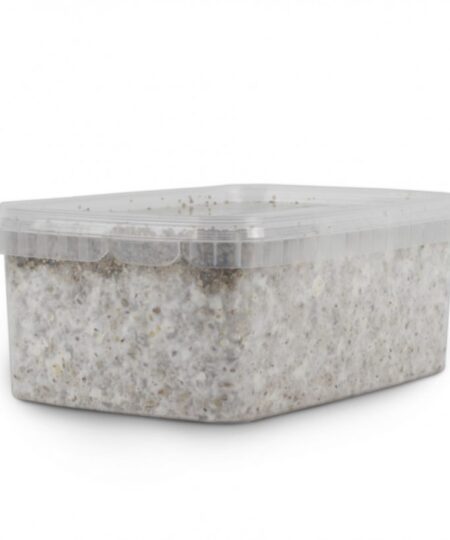

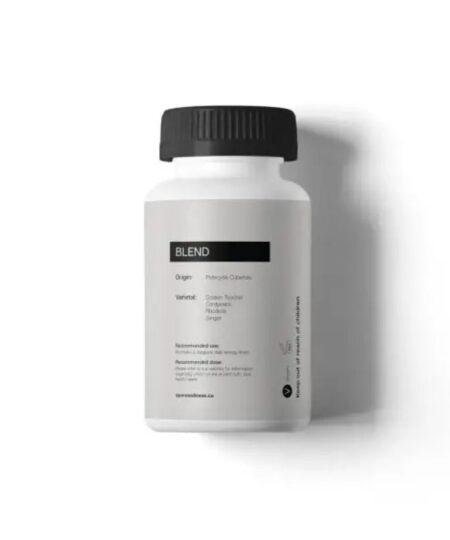
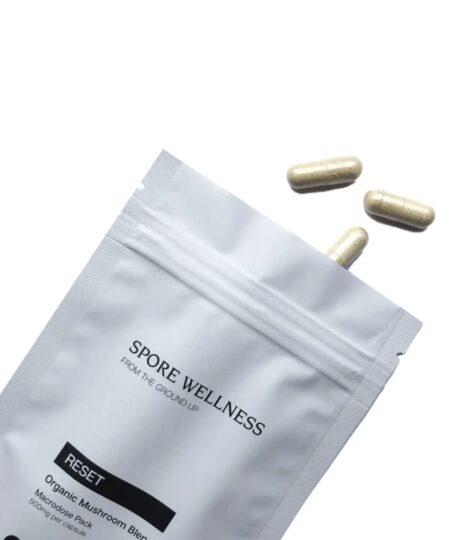
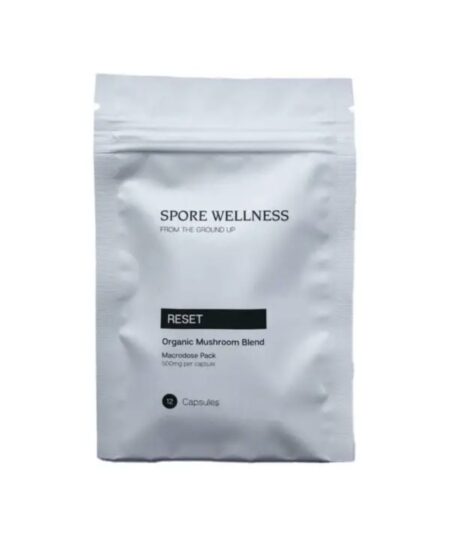
Be the first to review “Jeanneret Mushroom”